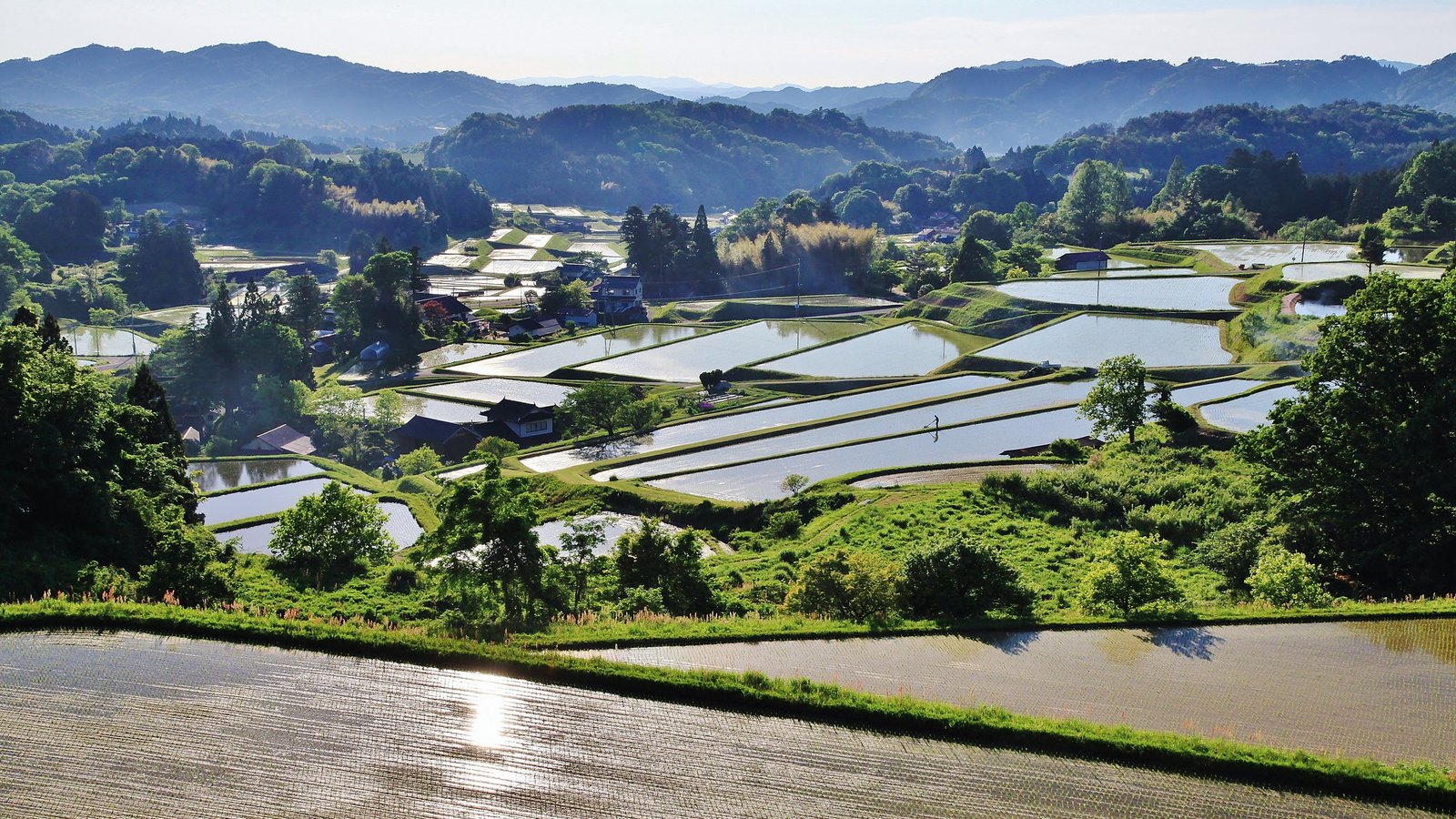Thursday, 13 November 2025

Three new GIAHS designations from FAO – one in Italy and two in Japan – showcase agrobiodiversity, traditional knowledge and cultural heritage
A former iron sand mine transformed into a terraced agro-silvo-pastoral system, a landscape of stone-walled citrus orchards in Japan, and an iconic Mediterranean terraced system on the steep coastal slopes of Italy are the latest additions to the Globally Important Agricultural Heritage Systems (GIAHS), bringing the number of such sites to more than 100 worldwide in the year that FAO celebrates its 80th anniversary.
These systems were formally designated under the Food and Agriculture Organisation of the United Nations (FAO) flagship programme during a meeting of the GIAHS Scientific Advisory Group on August 26. With these three new additions, the global agricultural heritage network now includes 102 systems across 29 countries, with Japan reaching 17 sites and Italy adding its third.
These dynamic and resilient systems embody rich agrobiodiversity, traditional knowledge, invaluable cultures, and landscapes, sustainably managed by farmers, herders, fisherfolk, and forest communities in ways that support local livelihoods and food security.
“FAO is honoured to welcome these exceptional new sites into the family of Globally Important Agricultural Heritage Systems. Each site stands as a testament to the ingenuity and resilience of rural and agricultural communities, showcasing sustainable farming practices that have been carefully maintained and adapted through generations,” said Kaveh Zahedi, Director of the Office of Climate Change, Biodiversity and Environment at the FAO.
Perched on steep terraces of Italy’s Amalfi Coast, centuries-old farming communities have shaped a striking landscape of lemon groves, olive trees, and vineyards overlooking the sea. The iconic “Sfusato Amalfitano” lemon is grown under chestnut pergolas using manual techniques and harvested by so-called “flying farmers” — a term coined by the way they balance and walk along the pergolas during harvest.
Terraces built with dry-stone walls prevent erosion, stabilise the land, and help regulate water and temperature. This territory holds up to 800 lemon trees per hectare, yielding up to 35 tons using low-input, pesticide-free methods. It is also rich in biodiversity, with over 970 plant species, including rare Mediterranean flora.
Women play a key role, contributing to farm labour and traditions in this system. The terraced system is also a recognised UNESCO World Heritage site, serving as a powerful example of sustainable Mediterranean mountain agriculture.